Read what Froebelian expert, Rachna Joshi, has to say about
Guildford Nursery School. The following is the fifth of her monthly blogs about aspects of Froebelian pedagogy at Guildford Nursery School.
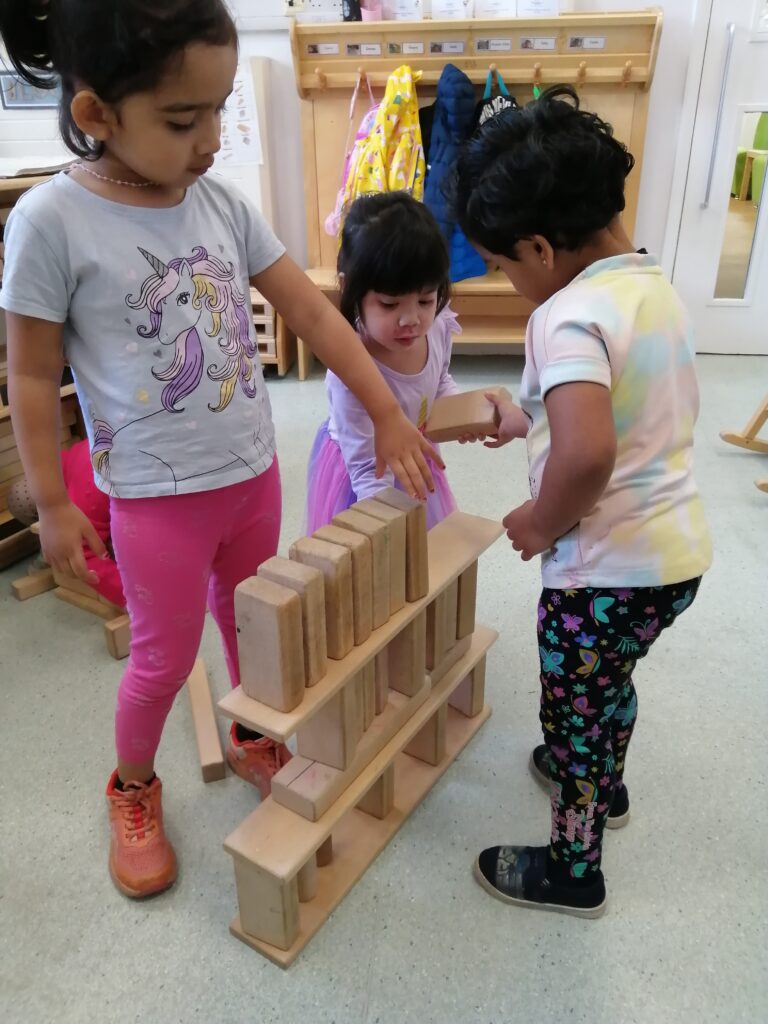
During my time at Guildford Nursery School (GNS), I was amongst the children, observing their play and interactions with others. As with all 2- and 3-year olds, conflicts and disagreements happen. How educators and those who spend time with children resolve these conflicts and disagreements can help shape children’s confidence, understanding of fairness, and meet children’s feeling of justice within the classroom context.
I observed a child in the 2-year-old room who was beginning to drop blocks, throw blocks and knock over the trains. Instead of scolding the child, who was exploring the resources in his own way (possibly schematic), an adult said “you need some movement” and offered him a space and different resources to meet his needs. The gentle distraction or moving away from disruptive and potentially harmful behaviour was given with love and nurturing, centering the child and his needs rather than an adult gaze of destruction.
Throughout all of Froebel’s writing, he talks about the child as an embodiment of innocence, however Froebel understood that children can make mistakes and make choices that might not be considered ‘right’ or ‘fair’ but when they do, they are still met with kindness and nurture, as he said we must always look for children’s good intentions.
Often, without realising, educators create labels for children ‘naughty’ ‘cheeky’ and so on, and sometimes this behaviour is all we see, instead of seeing the child as someone with purpose, who may make mistakes. Shifting perspectives is vital in developing educators' own practice, as well as nurturing relationships that are positive and support the child and their family.
We can apply the concept of ‘looking for good intentions’ to the family too, it is hard when families might be in disagreement, or do not comply with the expectations, however, understanding their contexts helps to look for their intentions. Being able to see children’s good intentions also relies on the relationship that is fostered with families from the onset. These biases do interfere with our practice, so we must look to address these biases when we become aware of them, and continue to address them as we become more aware.
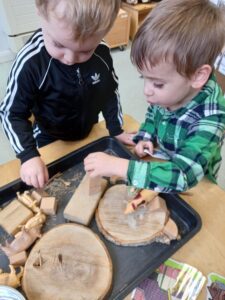
What I noticed at GNS was that there were always options, for the youngest children, there were always more resources so the need to wait for a long time wasn’t necessary. For the 3-year olds, some of them were able to share or take turns, but they also had strategies to incorporate justice into the setting, for example, the pencil pot was next to a child who was drawing, and another child suggested that she put them in the middle of the table so everyone could use them. An example of fairness and community that resolves the issue without conflict.
When conflicts do occur, educators at GNS support restorative approaches, focussing on the child that has had the injustice done to them, and then discussing the situation with the child, and children, to use as a learning opportunity. An example might be when a child has thrown an object, and this has hurt another child, the attention is first to ensure that the hurt child is safe and any first aid attended to. Next, to discuss how this happened, and to speak to the group about throwing certain objects. Finally, it would be useful to have resources that can be thrown, and opportunities for throwing inside and outside, with an adult reiterating the appropriateness of resources and risk taking.
There are many mixed messages about apologies and saying sorry in various early childhood contexts, including with parents and in settings. Perhaps we should break it down:
First we might want to consider what we believe is right and wrong, particularly for children at different ages and stages in their life, their moral compass is based on their experience of the world, and the boundaries they push (which may seem like wrong behaviour to an adult) is an experiment to understand the world a little better. Returning to the idea of looking for children’s good intentions is important here, are we trying to understand the child and their intentions?
Secondly, the idea of forcing a child to say sorry has the potential to lose meaning and context for the child. We need to help the child understand what to do through the lens of morality. A way to promote moral development of a child is to discuss the situation openly, see if they are understanding of the context and the wrongdoing, are they able to empathise with others and understand children’s point of view, or think back to their experience of having something wrong done to them? Do they remember how that felt? This deeper understanding of morality, and the situation helps with the development of a sense of self – for children, these situations shape their relationships and understanding of how to relate with others, what they deem as fair or not fair.
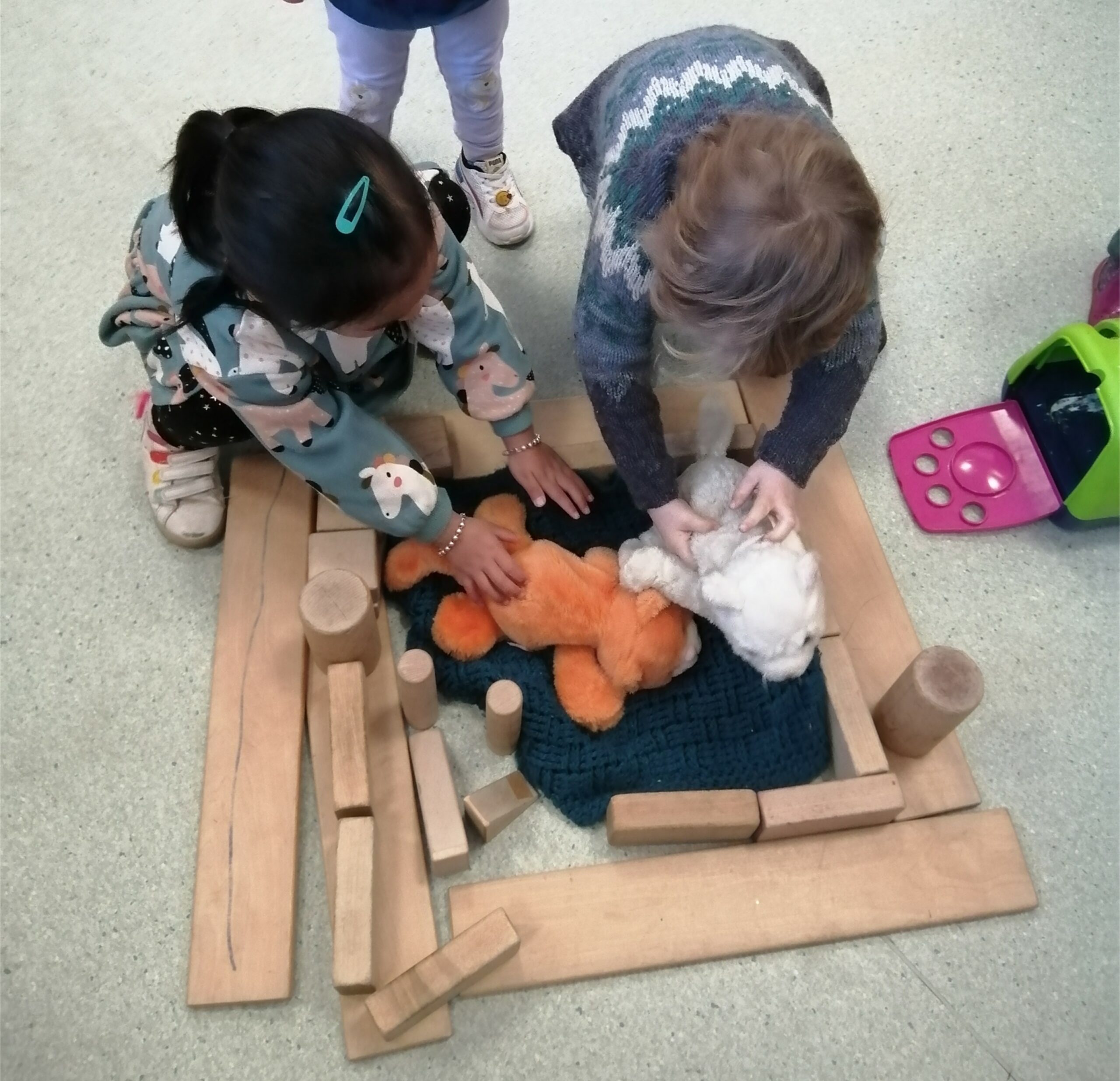
Finally, an apology is defined as ‘a regretful acknowledgement’ or ‘an expression of regret or remorse’. Could this be enough to demonstrate the child’s ‘sorry’? Could this provide enough justice for the child that has experienced the wrongdoing? Does it always have to be instant or could the crux of the situation be returned to over time, with the support of an educator that understands the child and the situation.
I’m not forgetting the constant news of various conflicts in many countries in the world. Whilst this is a blog about early childhood education, I believe that understanding each other and respecting each other enables children to develop healthy relationships with self and others and the world. An education that enables children to be democratic, have choices and develop moral understanding can be a path to liberation, freedom, equity and equality.
